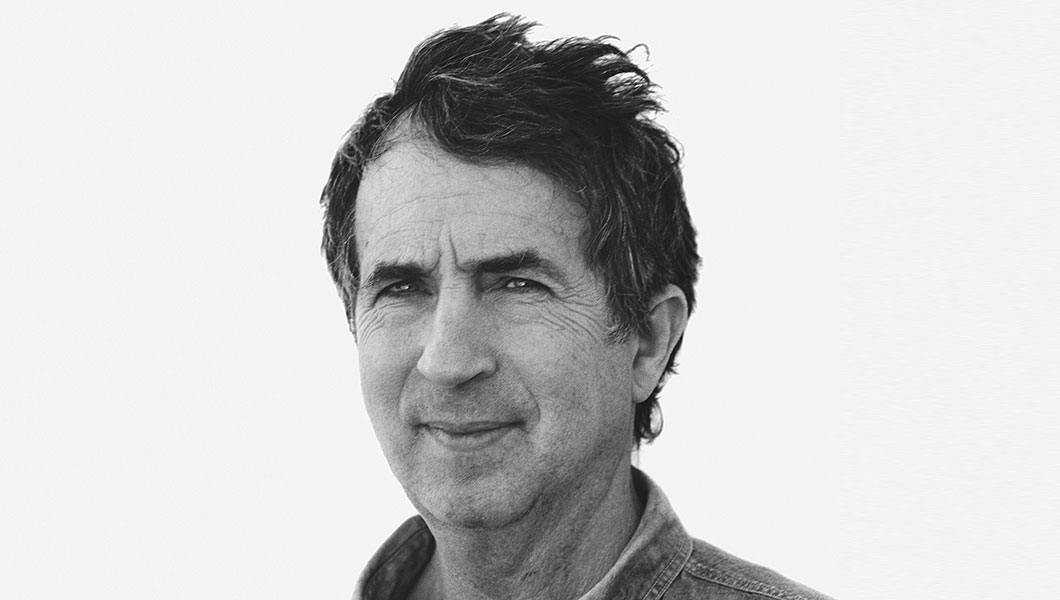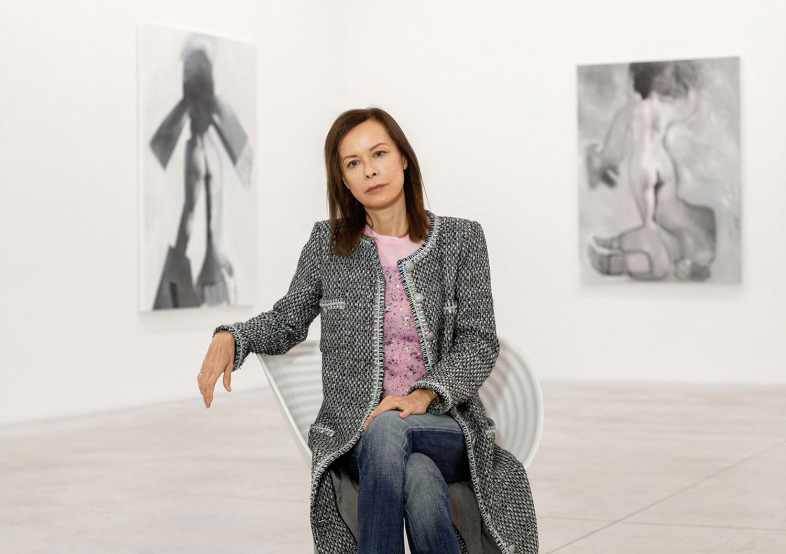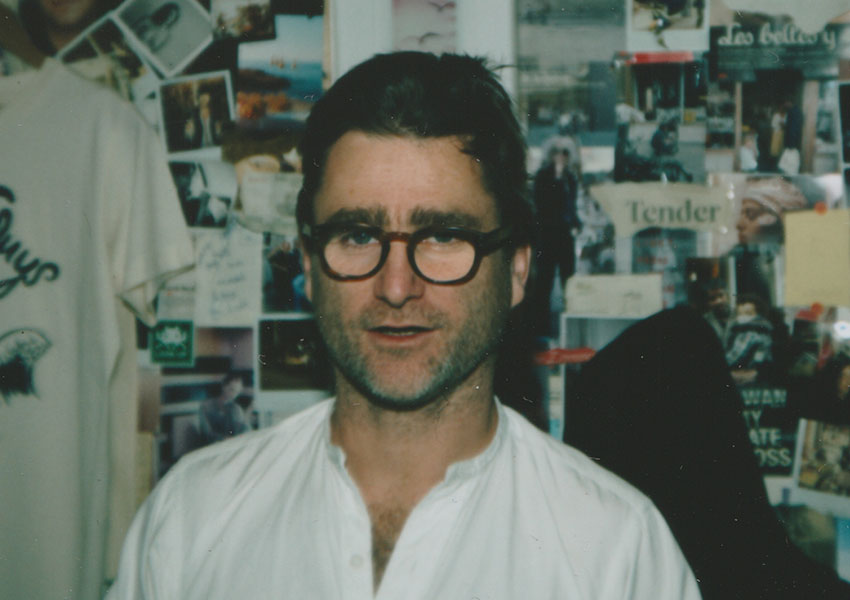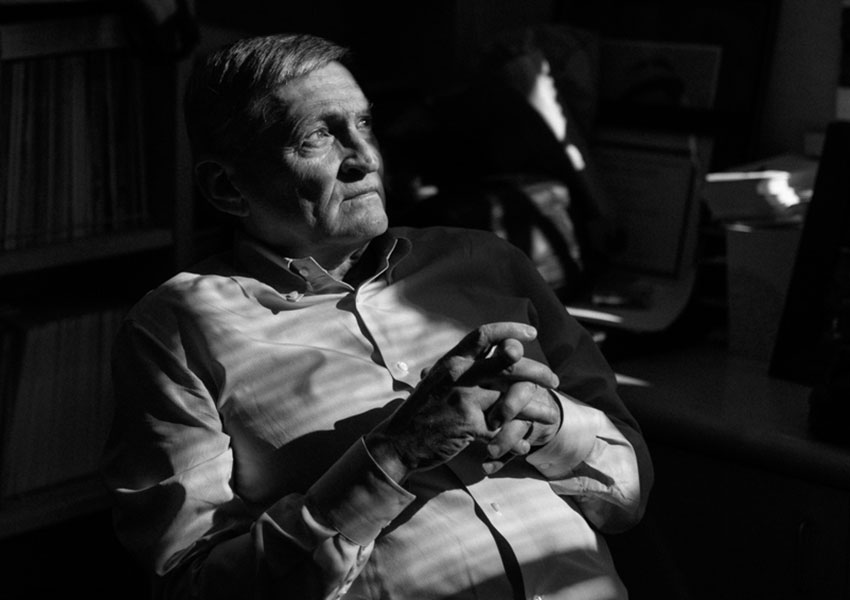ERIC GOODE IS SYNONYMOUS WITH HOSPITALITY IN NEW YORK CITY-AREA NIGHT CLUB, THE WAVERLY INN AND THE BOWERY HOTEL TO NAME A FEW. BUT, PERHAPS WHAT HE CARES ABOUT MOST IS MAKING SURE ENDANGERED TURTLES HAVE A SAFE PLACE TO ROAM … SERIOUSLY!
It’s often been said that New York is defined not by its natives but by its transplants, the immigrants and imports with that just-right blend of moxie and vision to render the city as they imagine it. Hamilton, Warhol, Morgan, Avedon, Ciccone, Haring, Smith, Pollock—they came to the city and then they manifested. And then, if necessary, they evolved.
In 1977, 19-year-old Eric Goode arrived in Manhattan from the rural climes of Northern California for classes at the Parsons School of Design. It took only a few months for the school to give him the boot, but by that time the ambitious young artist and budding designer had already tossed away the idea of any kind of formal classroom schooling. What he was looking for was everywhere—in museums, on subway walls, in makeshift galleries popping up all over the city—and he’d been soaking it all in with a voracity that expanded beyond an appreciation of the work. Like countless others, Goode wanted a golden ticket to the party, at Studio 54, the Mudd Club, Max’s Kansas City. And eventually he had enough talent and hustle to gain entrée into the inner sanctum of Manhattan’s downtown cultural elite.
“My education happened in the nightclubs in New York City,” Goode says. “I was infatuated with the sparkle and the glamour and the excitement, when people like Andy Warhol, Truman Capote and Mick Jagger were hanging out. Eventually I became a character in that cast of people but was obviously just a voyeur at that point.”
By his early 20s Goode was a fixture in the downtown art scene, in a circle that included a number of painters who would go on to become iconic voices of a generation, including graffiti-punks-turned-critical-darlings Keith Haring, who curated Goode’s first group show, and Jean-Michel Basquiat, who dated Goode’s sister Jennifer as his star began to rise. “We all showed together quite a bit, spent Christmases together, traveled together—we were all just growing up at the same time in New York,” he recalls.
It was during his stint as a professional fine artist that Goode began to explore his other lifelong passion: the natural world. “I kind of had two parallel lives at the time: as a closeted herpetophile—a reptile person—while I also had these art projects and businesses. The work I did in the ’80s was sort of reminiscent of what Damien Hirst eventually did with dead animals. I made a lot of things with insects, like big, giant patterns out of thousands of actual flies.”
The makings of Goode’s eventual fortune began with a radical experiment in Manhattan nightlife. In the early ’80s Goode and some friends started throwing illegal dance parties at a space they’d found in Lower Manhattan. The venture proved so popular that he and his partners—his brother Chris and close friends Shawn Hausman and Darius Azari—were offered financial backing for a legitimate nightspot. They signed a lease on a cavernous space in Tribeca, which at the time was a scantly populated industrial neighborhood in Lower Manhattan, gave it a forgettable name—Area—and then got to work on their massively ambitious vision. When the club opened in 1983, it immediately became the hottest ticket in town, famed as much for the indulgences of its clientele as for Goode and his team’s epic, immersive, heavily art-directed and constantly changing themes.
Not surprisingly, being tasked with reimagining a massive and massively popular club every couple of months with a team of strong-willed creative partners wasn’t always a smooth ride. “We spent years intensely arguing and intensely being creative and intensely enjoying the experience of this thing that we created, but it was a burnout at the end,” Goode says. “When we decided to dissolve the club after those brief three or four years, it felt like an eternity.”
The ’90s marked a distinct change of direction for Goode, as he began a successful run in the hospitality business with a number of restaurants and hotels, including the Bowery, the Jane, the Maritime and the Ludlow. At the same time he began devoting substantial time and personal resources to his lifelong passion for conservation, specifically the underpublicized world of endangered turtles and tortoises. Teaming up with Bronx Zoo’s Wildlife Conservation Society, Goode traveled the world—Asia, Africa, South and Central America—in an effort to identify and preserve endangered chelonian species, educate local populations on their importance and encourage local government participation.
“I just think it would be cool if more people got into conservation, whether they’re into protecting butterflies or birds or crocodiles,” says Goode. “If everyone started getting together and recognizing that these species need to be here, and that we should protect them even if just for selfish reasons. It sounds like a cliché but it’s true, you know—everything is interconnected.”
In 2005, Goode agreed to an offer from the Bronx Zoo to shelter and care for more than 200 rare and endangered tortoises that were being evicted from their facility in Georgia at his home near Ojai, California. That led to his forming of the Turtle Conservancy, which publishes a magazine and hosts conferences annually for the world’s top conservationists, who in turn sit on the foundation’s board.
“Sometimes I wake up thinking, hell, I’m so crazy!” Goode says with a laugh. “I mean, we even do this Turtle Ball once a year. I’m bringing people together for a cause that a lot of people find peculiar, which I understand. But it’s important.”
At one point Goode pauses midsentence during our interview with an observation: “As I’m talking to you right now, I’m looking at a hummingbird perched in an orange tree. As I sit here I’ve been watching it fly around. As a child, I loved seeing wildlife around me—the horned lizards, the hummingbirds, the rattlesnakes. I always found something amazing and incredible in each of these different animals. To me they’re really the art that adorns the planet.”
For more on Goode’s conservation efforts, visit www.turtleconservancy.org.
—





